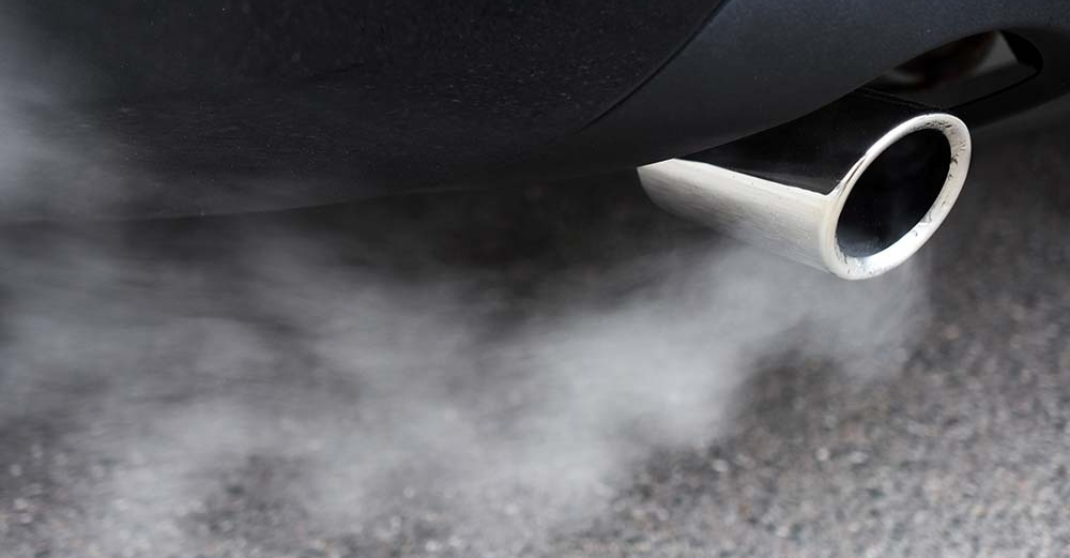
Not enough attention is being paid to the impact of blocked diesel particulate filters (DPFs) on turbochargers, says Tom Wright, our product manager.
If technicians don’t check for a DPF issue when installing a replacement turbo, it could lead to the untimely failure of the new turbo, Wright warns. All diesel-powered vehicles manufactured since late 2009 feature a DPF, which is designed to capture soot and remove it from the exhaust gas as the vehicle is driven. To keep the DPF working efficiently, regeneration processes are employed to burn off any excess soot.
However, there are many factors that can stop these regeneration processes from working effectively, such as the type of fuel and oil used, driving style, vehicle age and mileage. Vehicles that are regularly driven on short or low-speed journeys often don’t reach the required temperatures to activate the regeneration process.
“Blockages prevent exhaust gasses passing through the exhaust system at the required rate, which can cause increased exhaust gas temperature and back pressure,” Wright says. “This can affect the turbocharger in a number of ways, ranging from oil leaks and performance degradation to component failure.”
Increased back pressure forces the exhaust gas through the piston ring seals and into the turbo core assembly (CHRA), leading to excessive temperatures, within the CHRA. This prevents efficient oil cooling within the CHRA, and can even carbonise the oil, restricting oil feeds and causing wear to the bearing systems particularly on the hot side of the turbo. These high temperatures can also lead to failure of the turbine wheel through high cycle fatigue.
A blocked DPF can force exhaust gas through the smallest of gaps, including the clearances in the bearing housing variable nozzle turbine (VNT) lever arm and turbine housing wastegate mechanisms. If this happens, carbon build up can restrict movement of the levers, affecting performance of the turbo. Oil leaks into the compressor housing may also occur as a consequence of exhaust gas forcing its way into the CHRA from the turbine side and forcing oil through the oil seal on the compressor side.
“It is critical that any DPF issues are identified and rectified prior to installing a replacement turbocharger,” says Wright. “Failure to address the original problem means the replacement turbo will be subjected to the same operating environment as the previous unit, and will ultimately suffer the same failure in a significantly shorter amount of time.”
For more information on us, including technical resources or how to find your nearest turbo specialist, please visit: https://www.melett.com/technical/


